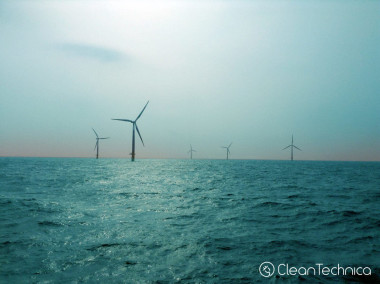Offshore Wind Resources Could Meet 25% Of US Demand
Offshore Wind Resources Could Meet 25% Of US Demand::Offshore Wind Resources Could Meet 25% Of US Demand

There have been multiple accounts created with the sole purpose of posting advertisement posts or replies containing unsolicited advertising.
Accounts which solely post advertisements, or persistently post them may be terminated.
Offshore Wind Resources Could Meet 25% Of US Demand::Offshore Wind Resources Could Meet 25% Of US Demand
